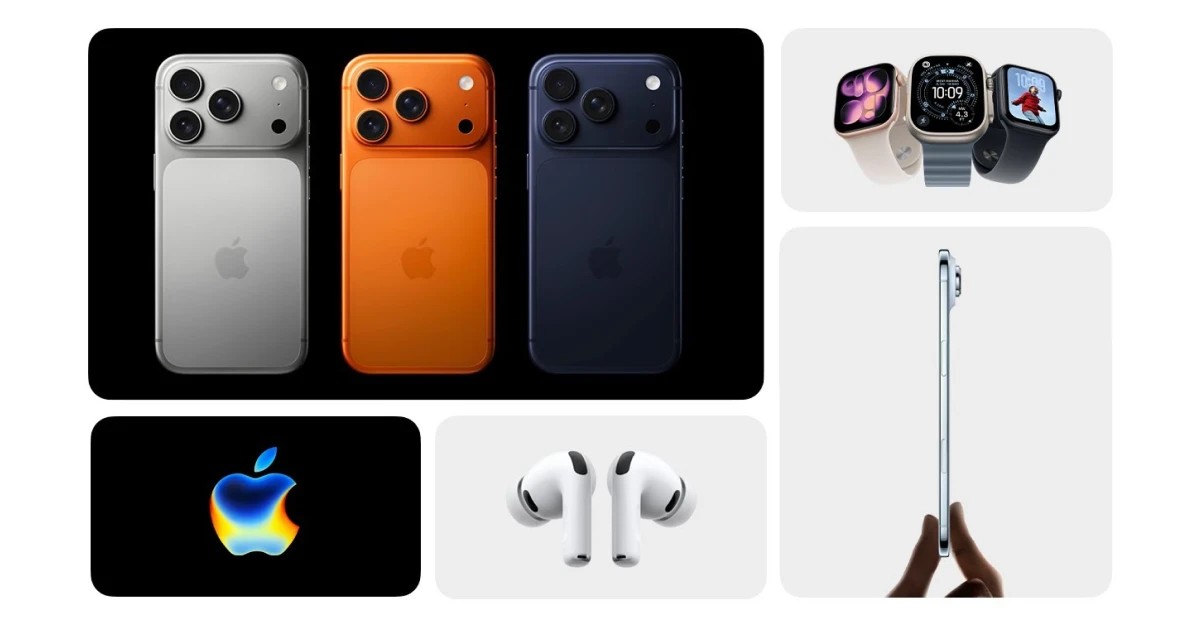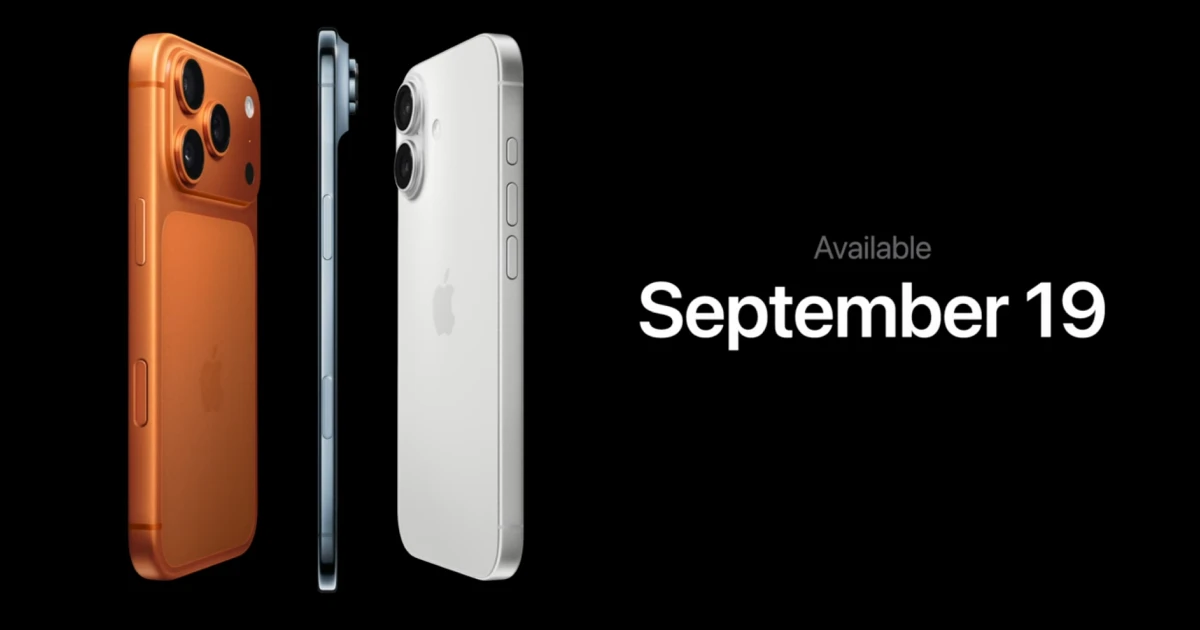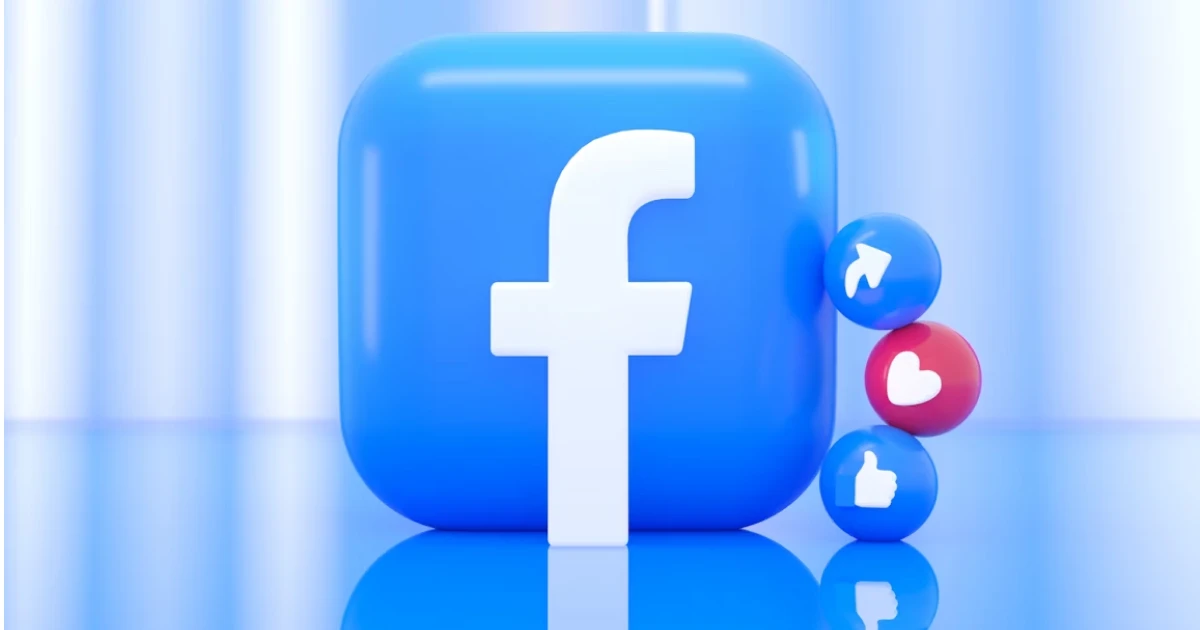The company has published numerous papers on machine learning and its applications, including work in self-driving cars, natural language processing (NLP), computer vision, and speech recognition. And, if you are not familiar with the term, machine learning represents the process in which computers are “thought” or programmed to react to specific commands, and use that data to adapt and have better responses or outcomes in given situations.
Apple is also investing heavily in its existing products and services. Features that make them smarter or more intuitive for us as users! And if you were wondering what are such devices, well it’s Siri, of course! You all might be aware of what I am talking about. Apple's virtual assistant can help you find your iPhone or track down an unknown phone number through voice commands alone.
You can also ask her sports scores or what the weather will be like in the next few days! The most fun part, though? It is pretty fun to ask Siri what an artist’s best album or song is! I played with this feature a lot, to see Siri’s opinion regarding my favorite artists.
We also have to mention Core ML (core machine learning). This framework allows developers to build apps for iOS devices using Swift or Objective C languages.
Face ID and Siri are the two most basic examples of AI integration in Apple devices. Face ID uses facial recognition technology to unlock your phone, while Siri allows you to interact with your device using voice commands. The first was introduced in 2011 in the iPhone 4S while the latter came with the 2017's iPhone X model.
These features have since been integrated into other Apple products such as Macs, Apple Watches, and HomePods. These two developments really made Apple stand out. Imagine having an iPhone without Siri on it. My first iPhone was the 6th generation. I remember playing with Siri for hours after I got that phone, asking it all sorts of questions and waiting for it to answer.
The next step for Apple in the field of artificial intelligence could be the integration of a chip that powers all of your devices, from phones to laptops and smart speakers, by acting as an intermediary between them all so they can communicate seamlessly with one another without needing an internet connection (like Amazon’s Alexa).
In 2017, Apple CEO Tim Cook said that AR is going to be "huge" and "a major part of the future." And he wasn't wrong: ARKit, Apple's framework for creating augmented reality apps on iOS devices, has been downloaded more than 100 million times since it launched in June 2018.
If you're interested, the concept of AR is not new and has been around since the 1960s, initially in the form of a head-mounted display system resembling a combination of a helmet and glasses. However, its original application was not for entertainment but rather in military and aviation contexts, where wearers could overlay geological data onto their visual field using the technology.
However, Apple isn't alone in its interest in this technology; many companies are exploring how AR can be used to enhance our daily lives, and there are few places where that's more obvious than in gaming applications.
Going back in time to the early 2000s, AR made its way into the entertainment industry, with the launch of the first-ever AR game, AR Quake, in the year 2000. Players were required to wear a backpack containing a computer and gyroscopes, move around in the real world, and destroy monsters. This was a groundbreaking development for the gaming industry, and AR technology has continued to evolve and improve ever since.
And now, do you remember Pokemon Go? You probably do as it was really a sensation. The game came out shortly after Apple announced ARKit at WWDC 2017 and it was one of several games released during 2018 with similar functionality built right into them thanks to new technologies like Google Maps' 3D buildings feature.
Apple has been using AR in its products for years. For example, the newest iPhone models have ARKit-based games and apps that can be used to play with augmented reality. You can also find other uses for this technology in iPads or MacBooks. For example, if you have an iPad Pro with a stylus pen, then you can use it to draw on your computer screen just like you would on paper! Crazy, right?
Apple is a company that has always been at the forefront of technology and innovation. They were one of the first companies to introduce many features that we now take for granted.
The iPhone is a perfect example of this; it was released in 2007 with many features that now don’t seem like a big deal but were groundbreaking at the time including a multi-touch display and user interface design with icons representing apps instead of folders or file directories and an app store where users could download third-party applications.
Did we mention GPS? Because that was a lifesaver for people who enjoy traveling!
Apple's history as an innovator makes them an ideal candidate for creating new technologies that employ AI and AR. These two technologies have been making headlines recently because they offer some exciting possibilities when combined. Like having Siri help you find your way around town while also providing directions overlaid onto real-world objects through AR technology!
So, with AI and AR set to play a significant role in shaping our future, it's no wonder that Apple has been investing heavily in these areas for quite some time now. As we inch closer to these new frontiers, it'll be intriguing to observe how Apple's products evolve and how other companies react to these advancements!
















